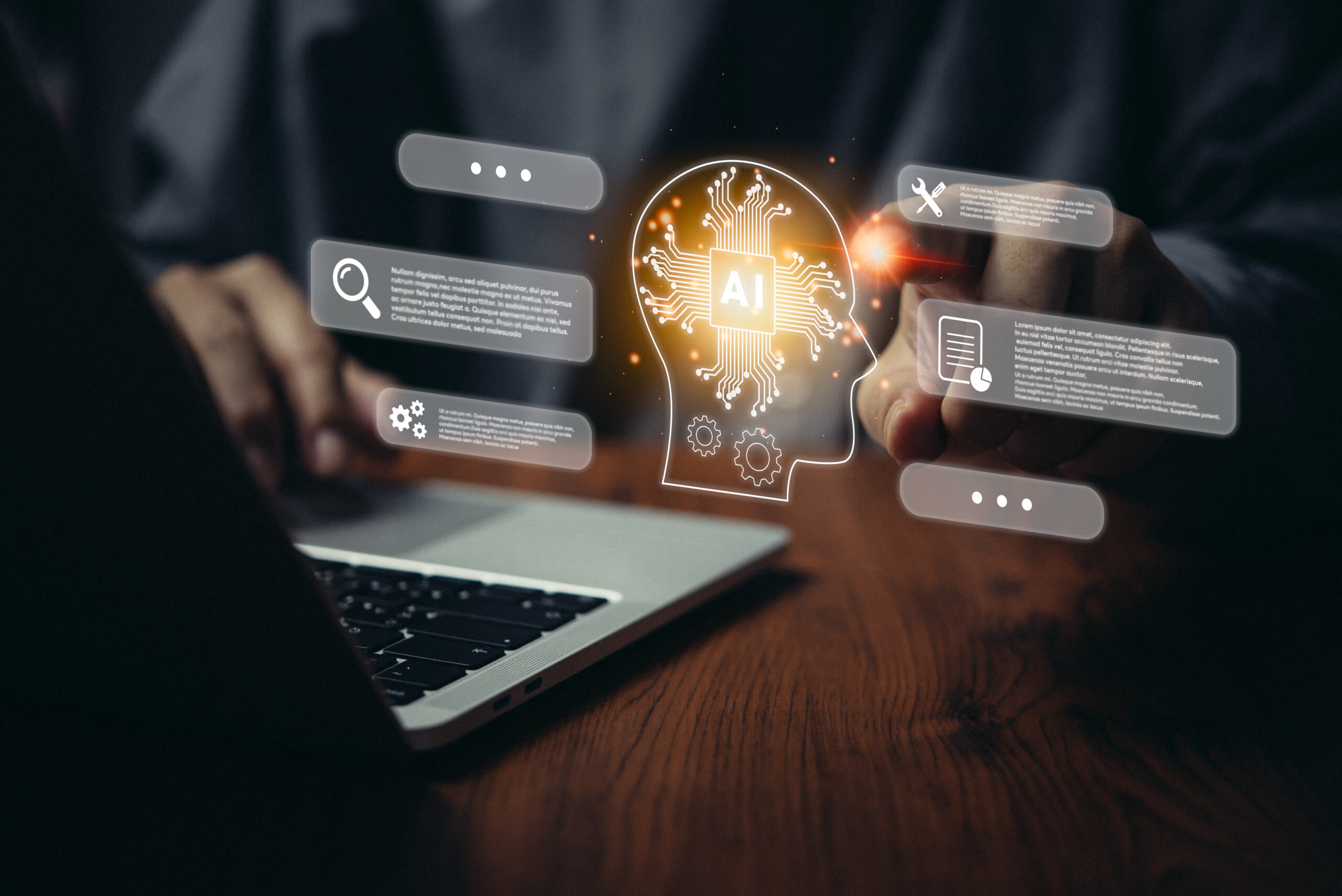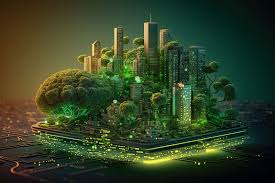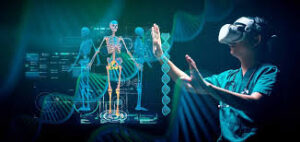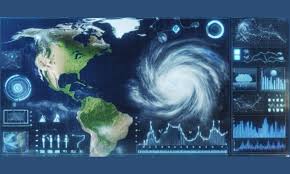Artificial Intelligence (AI) isn’t just a futuristic concept anymore—it’s here, it’s everywhere, and it’s shaping our lives in ways we often don’t even realize.

From recommending your next binge-worthy Netflix show to drafting emails in seconds with ChatGPT, AI has become seamlessly embedded into our daily routines. But here’s the thing: what most people see is just the surface.
Beneath the flashy demos and smart assistants lies a deeper story—one that includes incredible breakthroughs, but also complex challenges. The impact of AI goes far beyond convenience or automation. It’s changing the way we think, create, solve problems, and even how we define fairness, privacy, and human potential.
In this post, we’ll uncover both the unexpected benefits and underestimated risks of AI—things you won’t always hear in mainstream headlines.
🌟 4 Surprising Ways AI Is Quietly Improving the World
1. AI Is Supercharging Human Creativity
Forget the idea that AI is here to replace artists—it’s actually becoming a creative partner.

Writers are using AI to brainstorm plot ideas, musicians are generating beats and melodies with machine learning, and designers are experimenting with styles they never imagined. Even filmmakers are using AI to help storyboard scenes or draft scripts. Instead of dulling creativity, AI is giving creators more tools to explore bold, new directions—faster than ever before.
Think of AI not as the artist, but as the assistant who never sleeps and always brings fresh ideas.
2. It’s Playing a Key Role in Fighting Climate Change
AI might not be the first thing you think of when it comes to saving the planet, but it’s quietly becoming a powerful weapon in the fight against climate change.

From detecting illegal deforestation in the Amazon using satellite imagery to optimizing energy use in smart cities, AI is helping scientists and governments make smarter, faster environmental decisions. It’s also used to predict natural events like droughts, monitor endangered wildlife, and manage renewable energy grids in real time.
Simply put: AI is helping us protect the planet by turning raw data into action.
3. AI Is Bridging Healthcare Gaps in Remote Regions
Access to medical care is a global challenge—especially in rural or low-income areas. But AI is stepping in where traditional healthcare systems fall short
Apps and tools powered by AI can scan images of skin conditions, interpret voice samples to detect respiratory issues, or even provide mental health support via chatbots. These innovations bring affordable, scalable care to people who would otherwise be left behind.
It’s not about replacing doctors—it’s about extending their reach.
4. It’s Helping Us Predict and Manage Natural Disasters
One of AI’s most underrated uses? Keeping us safe from disasters before they strike.

By analyzing vast amounts of weather data and satellite imagery, AI can forecast earthquakes, floods, and wildfires with increasing accuracy. These systems are already being used to warn communities, guide evacuations, and allocate emergency resources more effectively.
The result? More lives saved, and more communities resilient in the face of nature’s worst.
⚠️ 4 AI Risks That Don’t Make the Headlines
While AI is doing a lot of good, it’s not all sunshine and smart assistants. There are real, often under-discussed risks that come with this technology—some with serious implications if left unaddressed.
1. AI Can Inherit and Amplify Human Bias
AI systems learn from data—and that data often reflects human flaws.
If a hiring algorithm is trained on past hiring data that favors one gender or race, it can reinforce those biases in future decisions. We’ve already seen real-world examples where facial recognition tech performs poorly on people of color, or where AI denies loans based on ZIP codes.
The scary part? These biases can go undetected unless we actively look for them.
2. AI Is Energy-Hungry
While AI can help the environment, it also has an environmental cost.
Training large-scale AI models requires massive amounts of electricity. Some systems burn through as much energy in a year as hundreds of homes. If the data centers powering AI run on non-renewable sources, the carbon footprint grows fast.
Green AI is possible—but we need to be intentional about building it.
3. We’re Becoming Over-Reliant on AI
When was the last time you memorized a phone number? Or navigated without GPS?
As AI takes over more tasks—calculating, remembering, even deciding—we risk becoming too dependent. That over-reliance could erode essential human skills like critical thinking, problem-solving, and even social interaction.
Convenience is great, but not at the cost of our mental muscles.
4. Your Data Is Fueling the AI Revolution—Often Without Your Consent
AI thrives on data. The more it knows about you, the better it performs. But what happens to that data?
Every time you use a smart assistant, swipe on an app, or search online, you’re contributing to a growing pool of personal information. Without clear regulations or transparent practices, your voice, photos, preferences—even your location—could be tracked, stored, and sold.
And most of the time, you won’t even know it’s happening.
🔍 Final Thoughts: AI Is Not a Threat or a Savior—It’s a Tool
AI isn’t inherently good or bad. It’s powerful—and like any powerful tool, the impact depends on how we use it.
If we understand both its hidden strengths and its silent dangers, we can make smarter choices about how to integrate AI into our lives. That means building systems that are ethical, inclusive, environmentally sustainable, and human-centered.
The goal isn’t to fear AI or blindly trust it—it’s to stay informed and intentional.
Because the future of AI isn’t just being built in labs or codebases—it’s being shaped by all of us.
